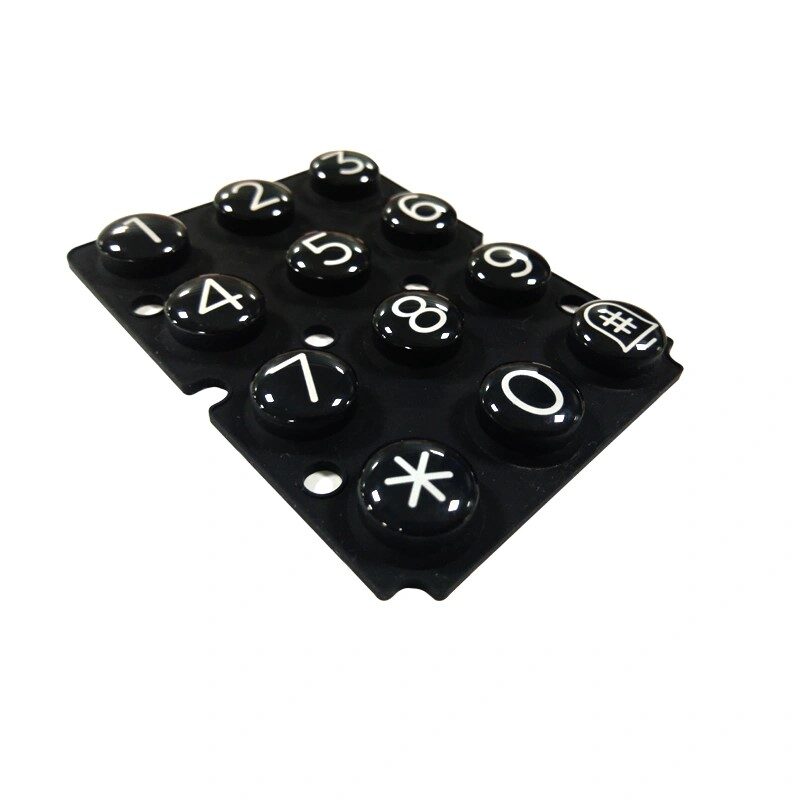
Item Description
Tailored Electronic Door Lock Switch with Custom Epoxy Silicone Rubber
Tailored Electronic Door Lock Switch with Custom Epoxy Silicone Rubber offers a personalized touch with color options including Gray, Black or any custom hue to match your preferences. Customization extends to size, ensuring a perfect fit for your specific needs. The combination of Screen Printing & Epoxy printing techniques, along with options for Silk Printing and Laser Etching for the logo, allows for precise branding that complements the overall design. Engineered for comfort, this switch provides a user-friendly experience. The conductive options, including Carbon Pill, Conductive Oil, Metal Dome, and Non-Conductive materials, guarantee reliable performance, especially in electronic door lock applications. To enhance both aesthetics and durability, choose from coating options like Matte Oil, PU, Epoxy, or Color Oil. The switch is not only functional but also a visually appealing component of your electronic door lock system.
Specification
Material: 100% Silicone
Color: Black or Custom
Size: Customized
Printing: Screen Printing & Epoxy
Product Feature: Used Comfortably
Conductive: Carbon Pill, Conductive Oil, Metal Dome, Non-Conductive
Logo type: Silk Printing, Laser etching
Coating: Matte Oil, PU, Epoxy, Color Oil
OEM/ODM: Available
Certification: ISO9001-2015, IATF16949, RoHS
Application: Electronic Door Lock
Packing: PE Bag & Carton
Advanced Conductive Technologies in Silicone Keypads
- Carbon Pill: Carbon Pill conductivity in our Silicone Keypad involves the integration of small carbon-filled protrusions. These pillars facilitate electrical connectivity when pressure is applied, ensuring a responsive and reliable user interface.
- Conductive Oil: Employing a conductive oil solution within the Silicone Keypad ensures seamless electrical pathways. The conductive oil bridges gaps, enabling the transmission of signals when pressure is applied to the keypad surface.
- Metal Dome: Metal Dome conductivity relies on the integration of small, dome-shaped metal elements beneath the keypad surface. When pressed, these domes collapse, creating a tactile response and completing the electrical circuit.
- Non-Conductive: In specific areas of the Silicone Keypad, non-conductive materials are strategically employed to prevent unintended electrical contact. This ensures precise control over the flow of electricity, preventing interference or unintentional input.
